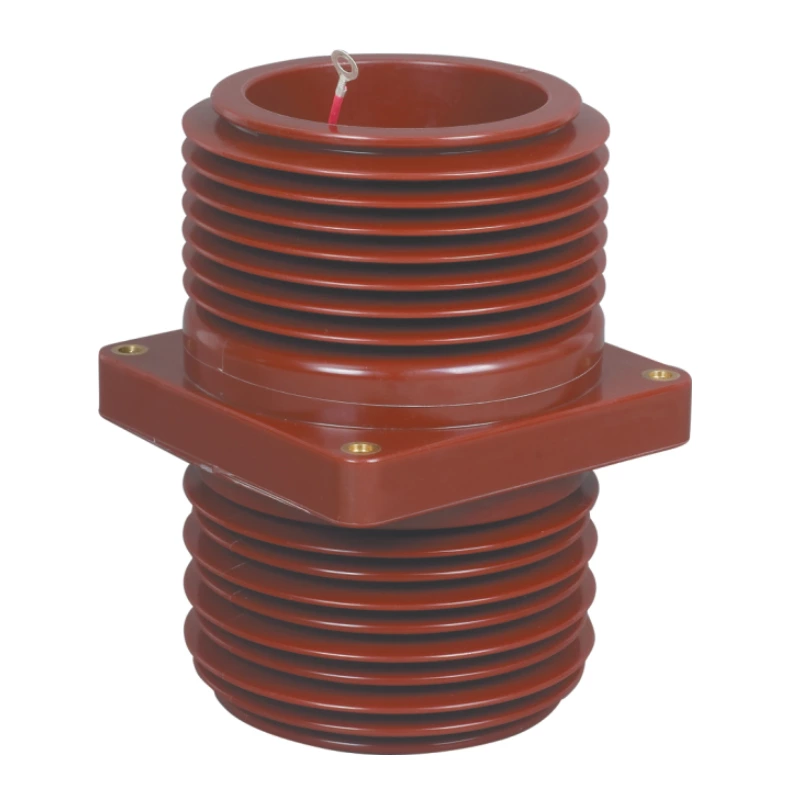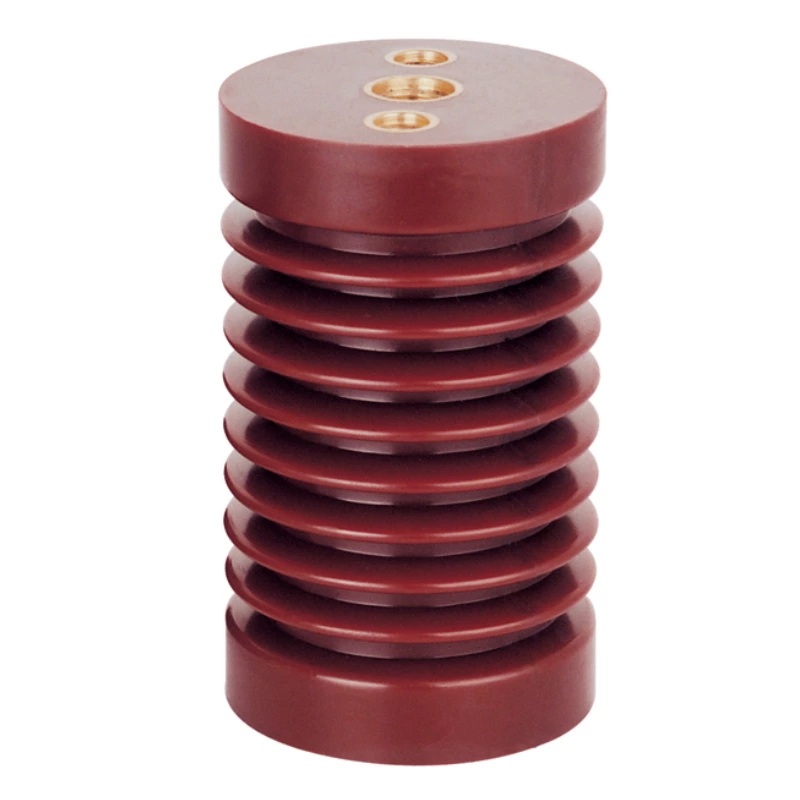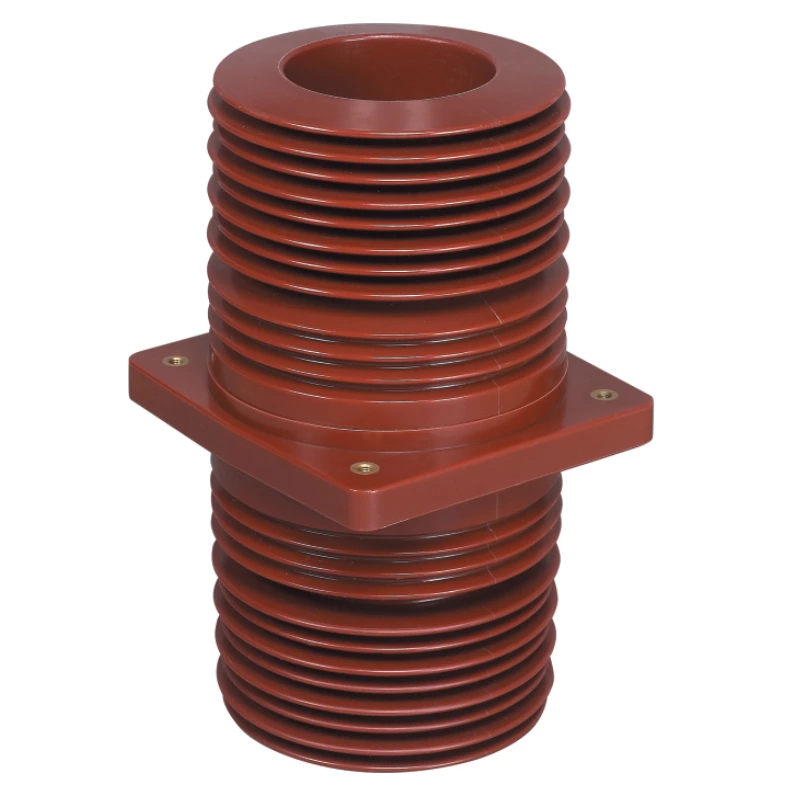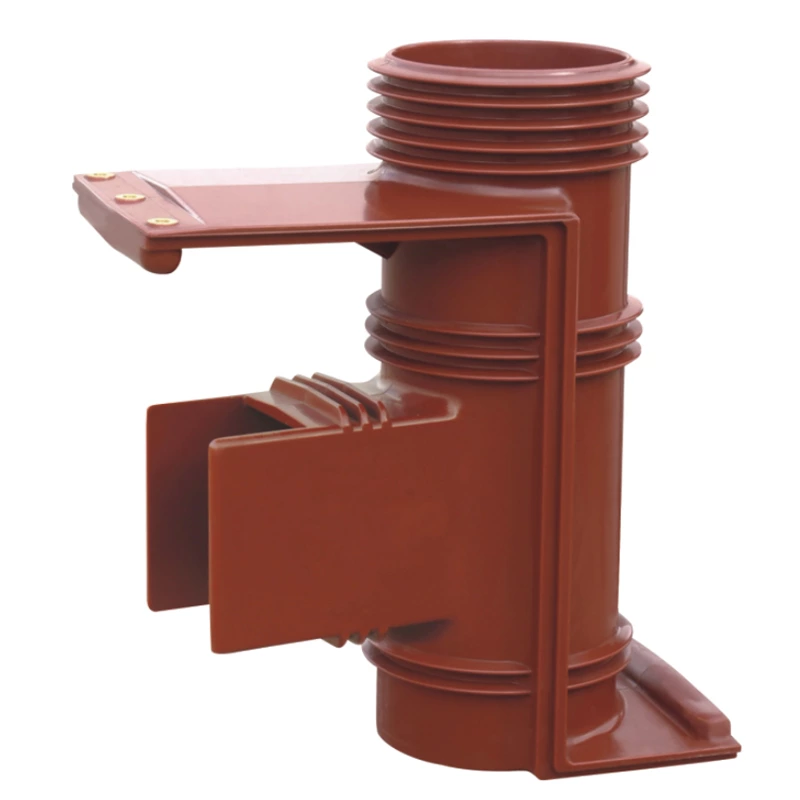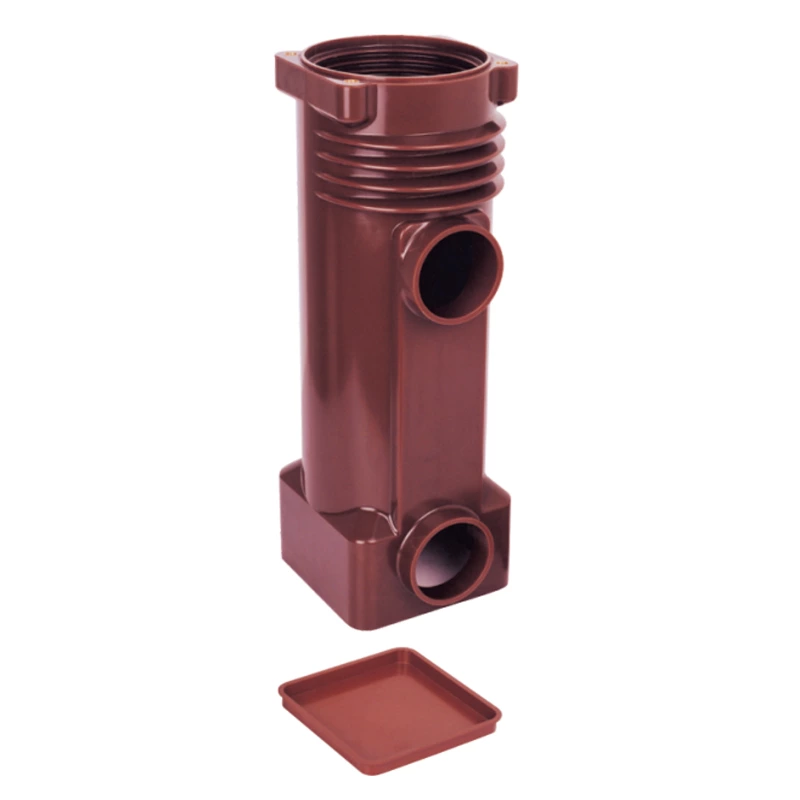Transformer Winding Resistance Test With Epoxy Bushing
Transformer is one of the most important equipment in the power system, carrying the heavy responsibility of power transmission. In its daily operation, the insulation performance of windings and epoxy bushing is very important because they directly affect the safety and stability of the transformer. Insulation resistance test is an important means to evaluate the insulation condition of transformers and plays a pivotal role. The insulation system of windings and epoxy resin bushing is the shield for the safe and stable operation of transformers. If the insulation performance of windings or epoxy resin cast bushing deteriorates, it may cause short circuit, partial discharge, or even serious equipment failure inside the transformer, which will eventually affect the stability of the entire power grid. It is particularly important to regularly test the insulation resistance of windings and epoxy bushing manufacturer to prevent such problems from happening. The principle of insulation resistance test is simply to judge the health of the insulation material by measuring the resistance between the transformer winding and the ground. This process is usually carried out using a high-voltage insulation resistance meter (such as a megohmmeter). By applying a certain test voltage to the transformer, the instrument will measure the resistance value between the winding and the ground. If the resistance value is too low, it means that there may be a problem with the insulation. There may be a risk of leakage, breakdown or other electrical failures.
The voltage setting and test standard during the test are directly related to the accuracy and reliability of the test results. In some countries and regions, the standards stipulate the minimum requirements for transformer insulation resistance. The insulation resistance of common 10kV and below transformers should be at least 1MΩ; for high-voltage transformers greater than 10kV, it should be above 10MΩ. These requirements are not set arbitrarily, but are based on long-term equipment operation experience and electrical safety regulations. Resistance values below this standard mean that there is a potential risk of failure, which must be given sufficient attention. When conducting insulation resistance tests, the connection between the winding and the epoxy bushing for transformer, especially the insulation performance of the bushing, is often the most easily overlooked link. The bushing is the part of the transformer that connects to the outside world and is often exposed to high humidity, severe pollution or large temperature differences. These external environmental factors may cause the aging, damage or water seepage of the bushing insulation layer, which in turn affects the insulation performance of the entire equipment. When testing, the bushing is tested together with the winding, which can not only comprehensively evaluate the health of the insulation system, but also effectively discover potential hidden dangers.
Insulation resistance testing is not just a numbers game. Changes in test results often bring deeper insights. If the test results show that the insulation resistance decreases year by year, it may mean that the insulation material has aged or the working environment of the transformer has a negative impact on the insulation system. At this time, whether to take appropriate maintenance measures may determine the operating life and safety of the transformer. The timing of the test is also very critical. Although too frequent testing can detect problems in time, it may bring unnecessary burdens to the equipment; while too sparse testing may miss early fault signals. Usually, the insulation resistance test of the transformer should be reasonably arranged according to factors such as the age, operation and external environment of the equipment. Especially in the early stage of equipment commissioning, after major repairs, or when encountering severe weather changes, timely testing is particularly important. During the test, environmental factors such as the temperature and humidity of the transformer will also have a certain impact on the test results. High temperature and humidity usually cause a temporary decrease in insulation resistance. Testing should be avoided in extreme weather or humid environments. If tested under these conditions, the results may not be completely accurate and need to be appropriately corrected.
Many people think that insulation resistance testing is just a mechanical detection process, but behind it is a deep understanding of the long-term and safe operation of the equipment. Through accurate testing, engineers can provide strong data support for the maintenance and management of transformers. The reliability of a transformer not only depends on its design and manufacturing quality, but also on daily maintenance and monitoring. Testing is an assessment of the current status of the equipment. It is a warning of potential risks. It is an investment in future safety. Testing the insulation resistance of transformer windings and bushings is not only a simple measurement of the equipment status, but also a comprehensive physical examination of the transformer. Through this process, not only can problems be discovered in time, but also a scientific basis can be provided for subsequent repairs and maintenance. Once this link is ignored, it may cause unexpected downtime in production. In severe cases, it may lead to serious power accidents. It will bring immeasurable losses to society. Every test should be given enough attention.
